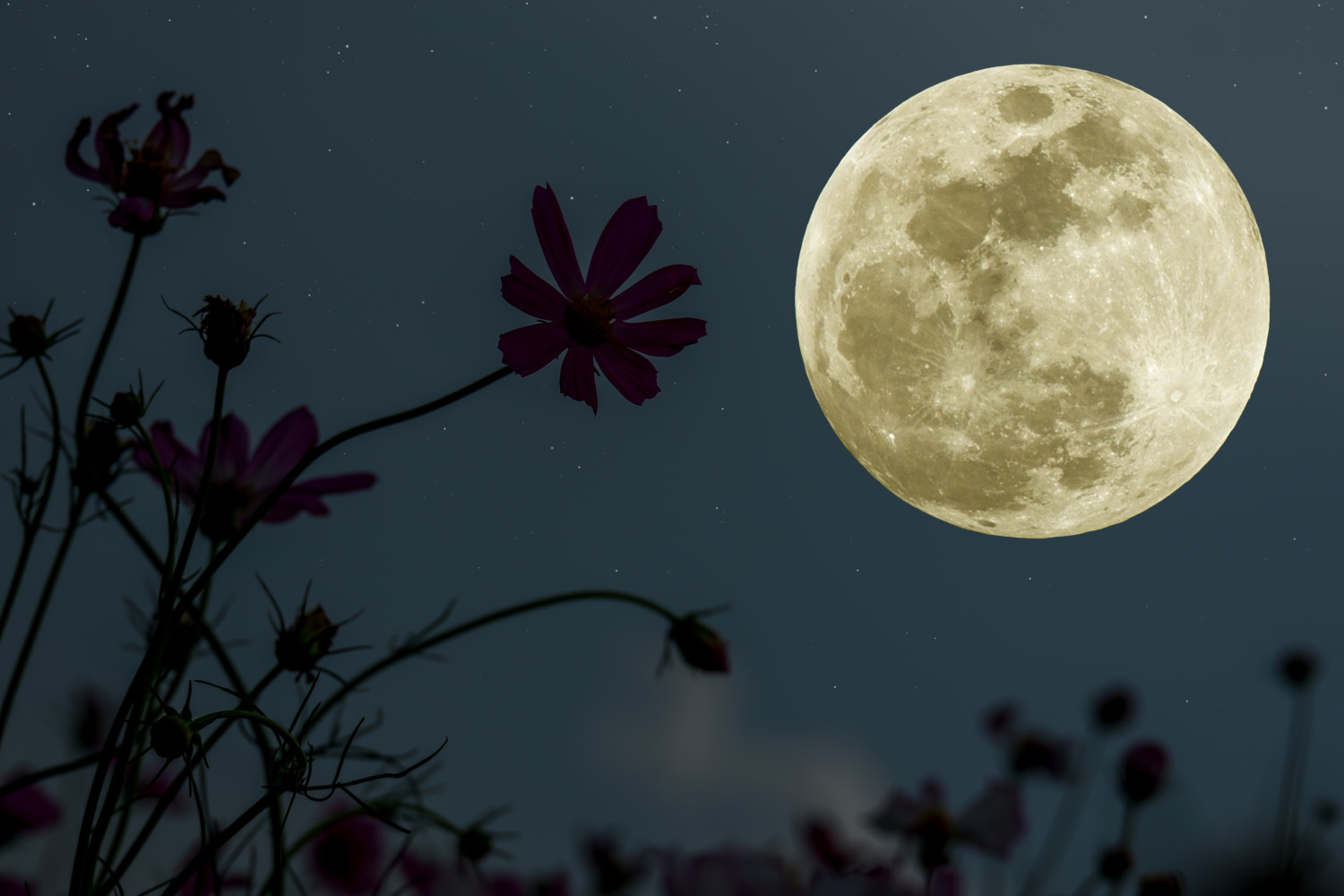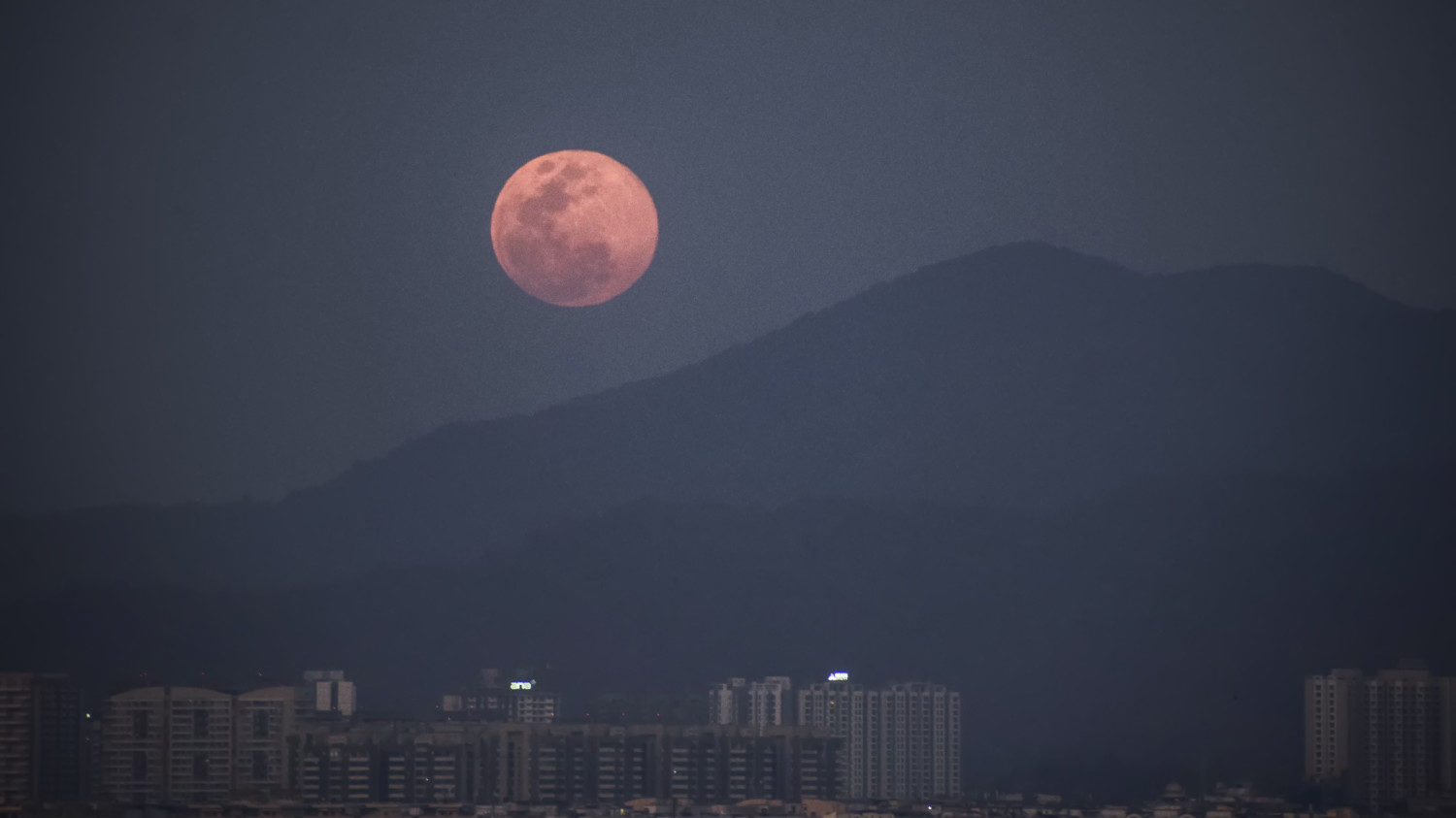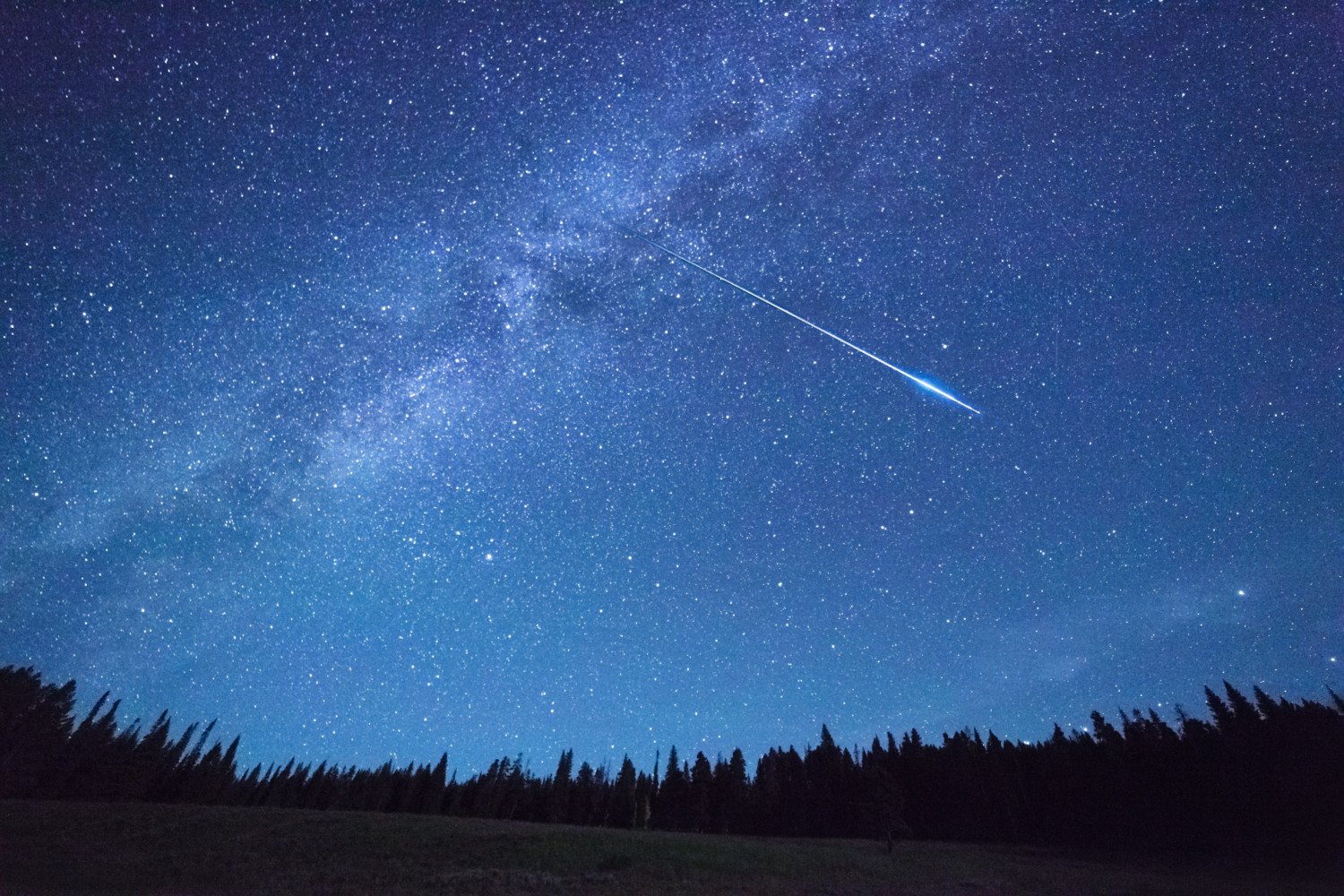The products and services mentioned below were selected independent of sales and advertising. However, Simplemost may receive a small commission from the purchase of any products or services through an affiliate link to the retailer's website.
February’s full moon arrives this Sunday, Feb. 5, 2023 at precisely 1:28 p.m. EST.
Since the full moon is arriving in the middle of the day, it may be difficult to spot as it competes for attention with the sun.
However, the moon will appear full both Saturday night and Sunday night, so watchers will have ample time to see the February’s full Snow Moon before it’s gone.
Full Moon February 2023: Why It’s Called The Snow Moon
The Snow Moon gets its name because February is typically the snowiest month of the year. The month is just getting started, so we’ll wait and see if that holds to be true this year.
Native American tribes from New England were the first to call February’s full moon the Snow Moon, but other tribes had different names. Other popular names for the February full moon include Eagle Moon, Bear Moon, Bone Moon and Hungry Moon.
The last two names are references to the scarcity of food in the midst of a cold and snowy winter.
Thankfully, next month’s full moon has a more springlike reference — the Worm Moon. The March full moon will arrive in the first week of the month, and it marks the beginning of a new season: Spring.

When To See Supermoons And A Rare Blue Moon In 2023
A supermoon occurs when a full moon is within 90% of its closest point to Earth, and this year, the moon will meet that criteria on four different occasions.
Supermoons will appear on July 3, Aug. 1, Aug. 31 and Sept. 29 — three months in a row from the peak of summer through the start of fall.
Supermoons are closer than the average full moon and appear about 15% bigger and brighter, but it can be difficult to notice these slight differences with the naked eye.
The real lunar treat will be the blue moon — it’s the third supermoon of the year on Aug. 31. A blue moon is the second full moon in a month, and this phenomenon only occurs once every two and a half years.

Meteor Showers In 2023 To See Without A Full Moon
The most popular meteor showers occur every year, but a full moon can make the sky too bright to see any of those bright streaks flying across the sky. Fortunately, at least a handful of these meteor showers will peak when the moon isn’t visible, or it’s just a sliver in the sky.
The Lyrid meteor shower will be your first chance when it peaks on the night of April 22. A waxing crescent moon that night shouldn’t hinder viewers from being able to see an average of 18 meteors an hour.
The summertime Perseid meteor shower is one of the best of the year, and summer weather certainly makes it easier to stay out all night watching. This year, the Perseids peak on Aug. 11 and 12, two days before the new moon, which will make for an especially dark night sky to watch for up to between 50-100 meteors per hour.
And finally, the Geminid meteor shower should end the year on a high note when they peak on Dec. 13 and 14, the two days immediately following the new moon. The Geminids are easy to spot everywhere in the sky, and they can produce up to 120 meteors per hour.

Between February’s full Snow Moon, supermoons later in the year, and plenty of meteor showers, sky watchers have a lot of reasons to get outside, stay up late and look up at the night sky in 2023.
Follow Meteorologist Jason Meyers on Twitter or watch one of his entertaining and educational YouTube videos.
This story originally appeared on Simplemost. Check out Simplemost for additional stories.


